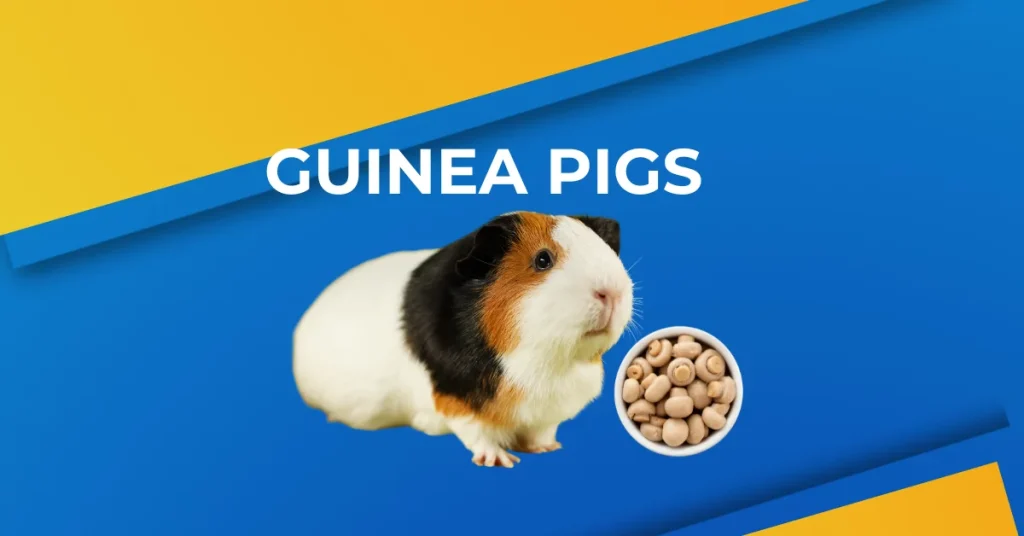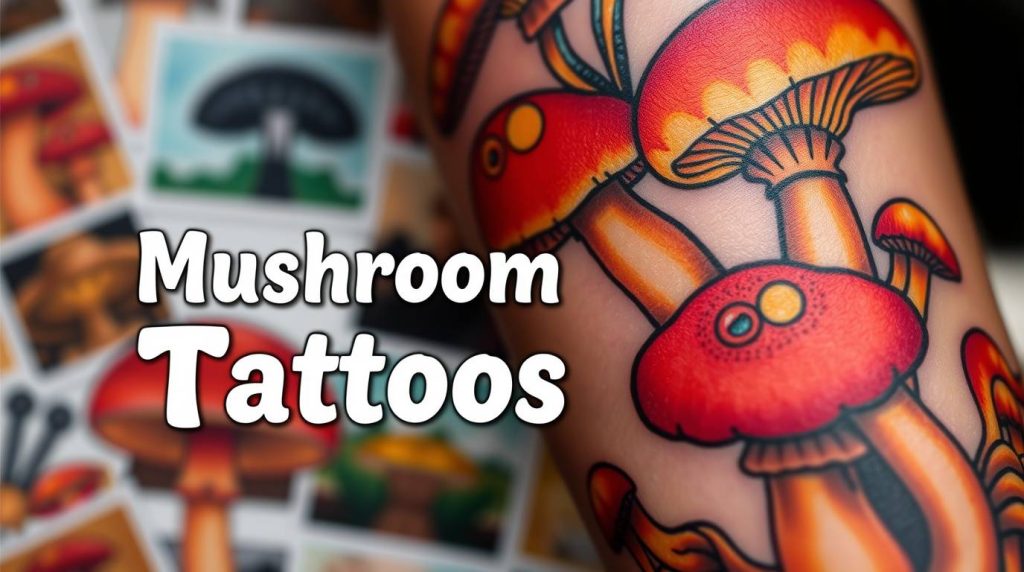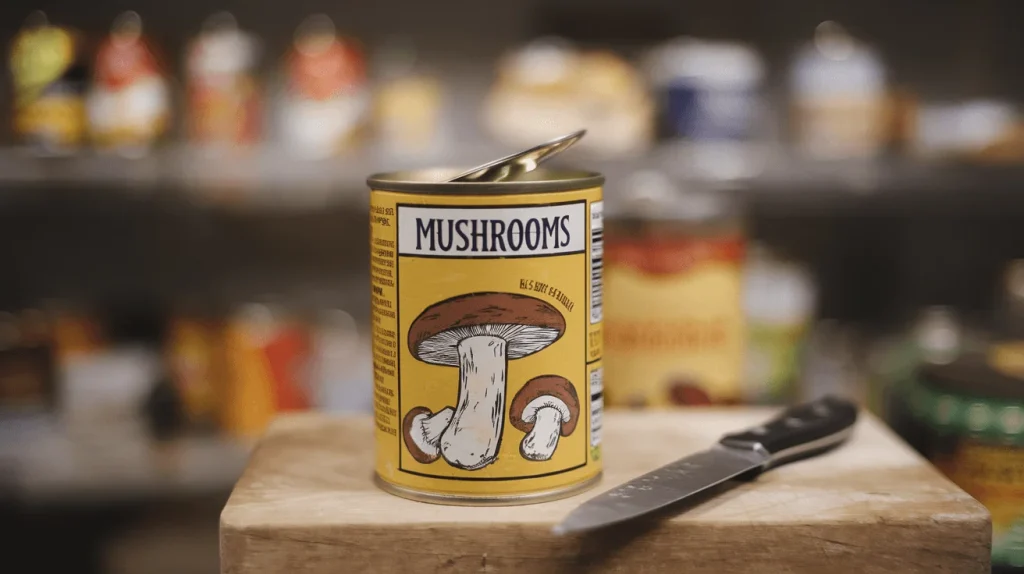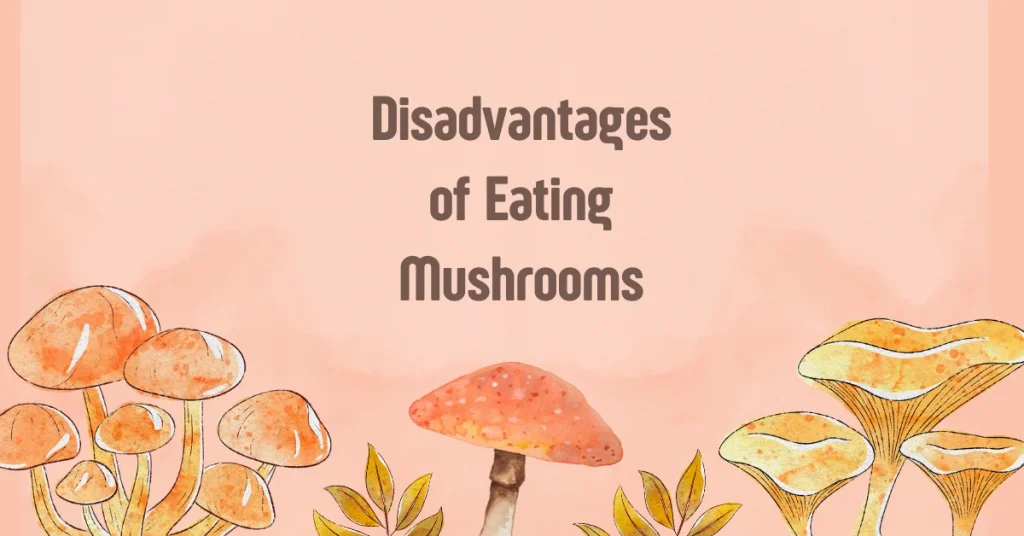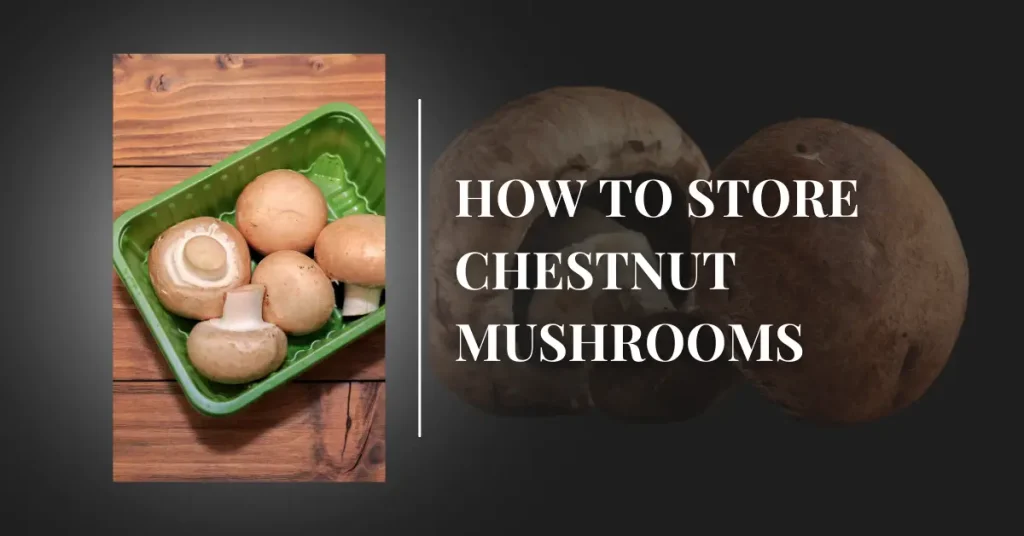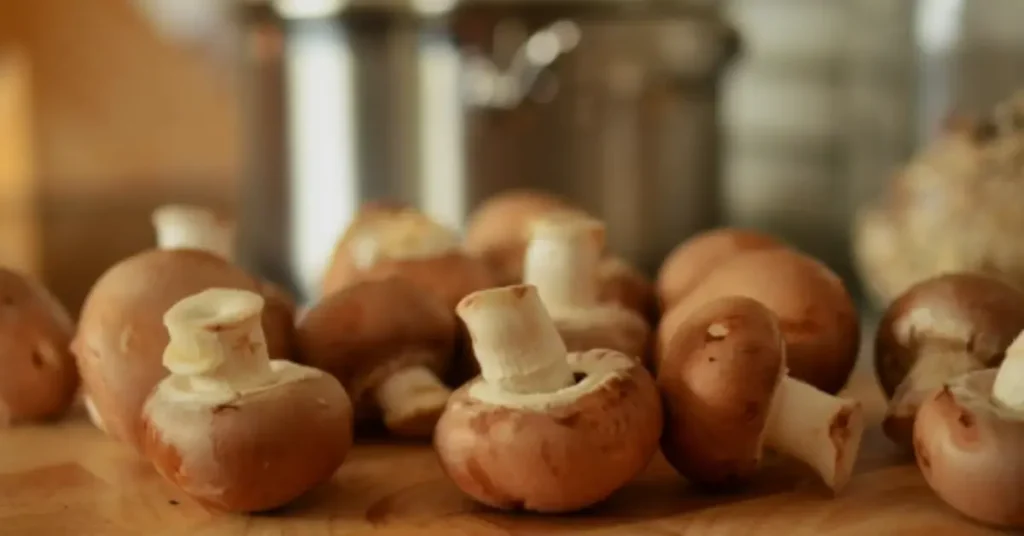Can Chickens Eat Mushrooms? Safe and Unsafe Mushrooms
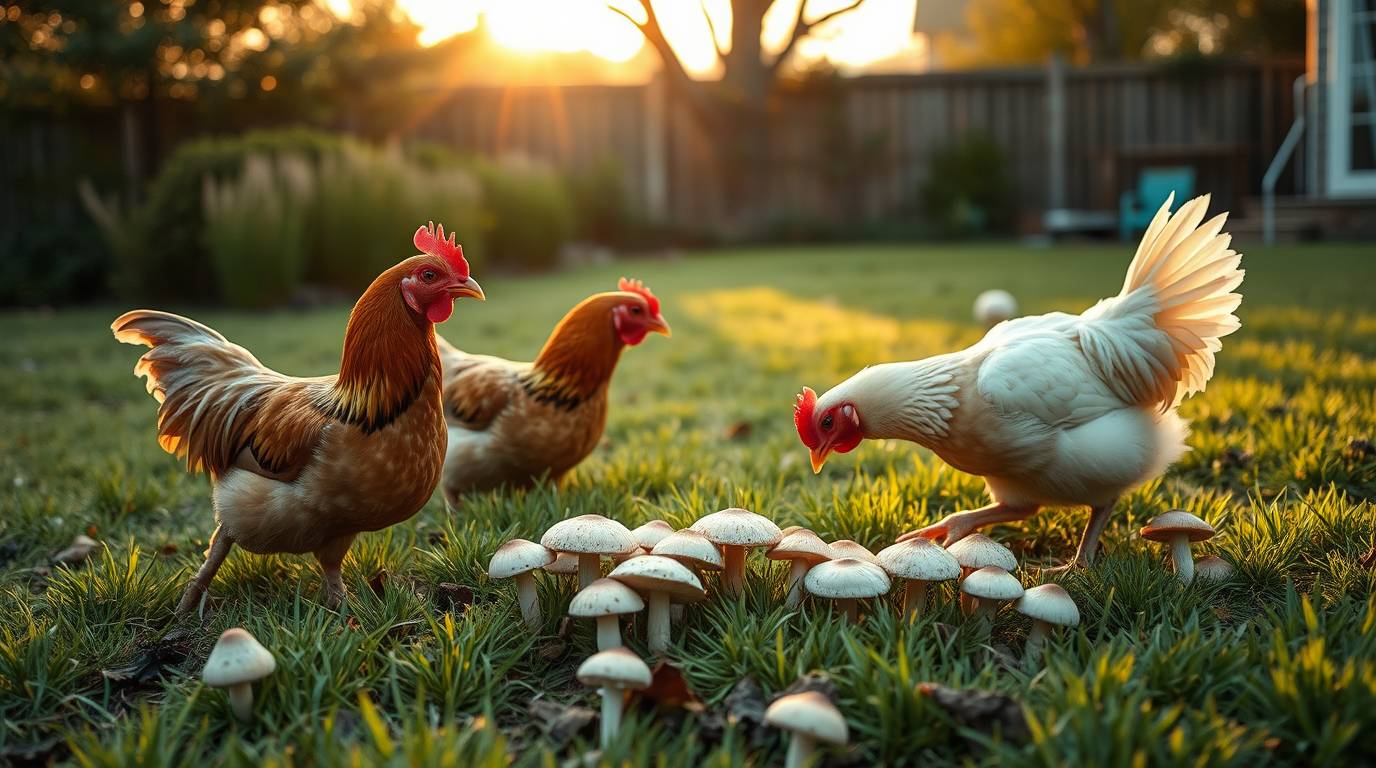
People who have chickens at home often ask: Can chickens eat mushrooms? Can chickens eat raw mushrooms? Can chickens eat cooked mushrooms? And can chickens eat mushrooms in the garden?
The answer to all these questions is yes, chickens can eat mushrooms — whether in raw or cooked form — but only edible and safe mushrooms should be given. One more important thing: if you are feeding mushrooms, always give them in small pieces to prevent choking.
Chickens can eat raw mushrooms, as long as they are store-bought or clearly identified as safe edible varieties. Avoid feeding chickens wild mushrooms unless you are absolutely certain they are non-toxic. Many wild mushrooms can look similar to toxic ones, so it’s best to be cautious.
Cooked mushrooms are also safe for chickens to eat. In fact, cooking can make mushrooms easier to digest. However, make sure they are cooked plain, without any added salt, garlic, butter, oil, or spices. Chop them into small, manageable pieces before serving.
When it comes to mushrooms growing in the garden, it’s best to be very careful. Chickens are naturally curious and may peck at anything. Wild mushrooms in your yard or garden may be toxic and harmful if eaten. If you’re not an expert in mushroom identification, it’s safest to remove unknown mushrooms from areas where your chickens roam.
Mushrooms should be offered as a treat, not a staple food. While they can be a good source of nutrients like B vitamins and antioxidants, chickens still need a balanced diet based mainly on poultry feed, grains, and fresh vegetables.
Types of Mushrooms Safe for Chickens
- White Button Mushrooms (Agaricus bisporus)
- Cremini Mushrooms (also known as Baby Bella)
- Portobello Mushrooms
- Shiitake Mushrooms
- Oyster Mushrooms
- Enoki Mushrooms
- Maitake Mushrooms (also called Hen of the Woods)
White Button Mushrooms (Agaricus bisporus)
White button mushrooms are one of the most commonly consumed mushroom varieties worldwide and they are completely safe for chickens. Soft and mild in flavor, they are easy for chickens to peck at when chopped into small pieces. These mushrooms are low in calories and rich in B vitamins, a nutritious treat when served raw or simply cooked without seasoning.
Cremini Mushrooms (Baby Bella)
Cremini mushrooms are actually the same species as white buttons, but slightly more mature, with a browner cap and firmer texture. These mushrooms offer a slightly earthier flavor and are safe for chickens. Chop them into small, manageable pieces and feed raw or cooked (unseasoned) as an occasional snack.
Portobello Mushrooms
Portobello mushrooms are the fully mature form of Agaricus bisporus. They have large, flat brown caps and a dense, meaty texture. These mushrooms are protein-rich and enjoyed by chickens when served raw and cut into small cubes.
Shiitake Mushrooms
Shiitake mushrooms are an East Asian favorite, recognized by their umbrella-shaped brown caps and slightly cracked surface. Chickens can safely eat shiitakes, though they may be more expensive than other varieties. Whether raw or cooked plain, shiitakes are a gourmet and protein-packed treat for your backyard flock. Just chop them finely to prevent choking.
Oyster Mushrooms
Oyster mushrooms are soft, fan-shaped fungi that come in several colors, including white, pink, and brown. They are nutritious, mild-tasting, and easy for chickens to digest. Always serve oyster mushrooms fresh, clean, and cut into small, peck-sized pieces to reduce the risk of choking.
Enoki Mushrooms
Enoki mushrooms have long, thin stems and small white caps, often found in bundles in Asian supermarkets. Enokis are safe and appealing to chickens when cut into short strands. They’re best served raw and fresh as an occasional treat.
Maitake Mushrooms (Hen of the Woods)
Maitake mushrooms, also called Hen of the Woods, have a frilly, clustered appearance and grow in leafy layers. They are edible for chickens and offer a rich source of nutrients, including antioxidants and fiber. Chickens can enjoy maitake mushrooms when they’re chopped into small, manageable pieces and served plain — raw or lightly cooked without seasoning.
Read: Mushrooms Benefits
Types of Mushrooms NOT Safe for Chickens
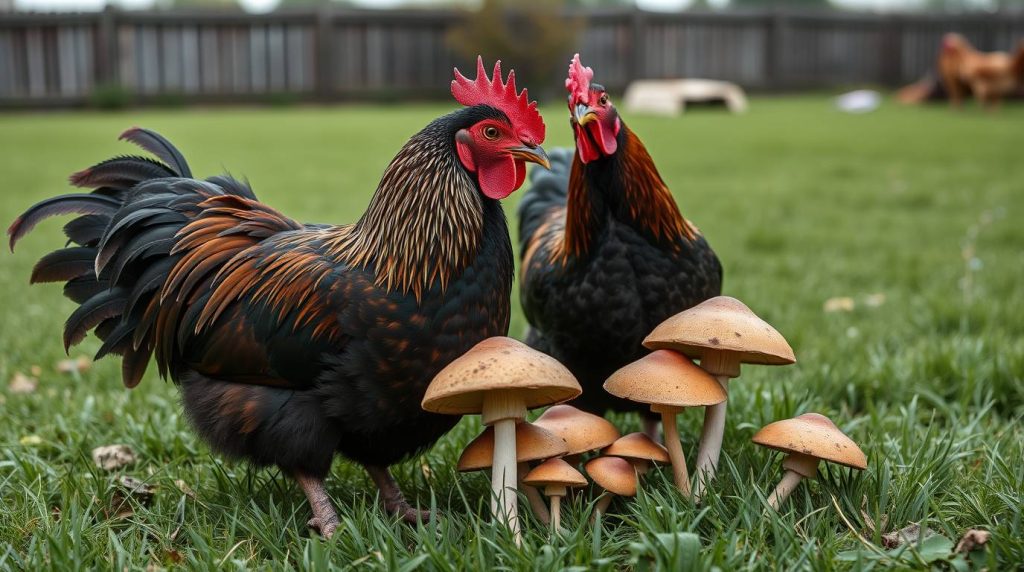
Death Cap (Amanita phalloides)
The Death Cap is one of the deadliest mushrooms in the world. It resembles edible varieties like puffballs or straw mushrooms, making it extremely dangerous. Even a small amount can be fatal — not just for chickens, but for humans too. It contains toxins that damage the liver and kidneys.
Avoid at all costs.
Destroying Angel (Amanita virosa, Amanita bisporigera, Amanita ocreata)
The Destroying Angel is another highly toxic mushroom that is often mistaken for edible white mushrooms. It contains the same deadly toxins as the death cap and can cause severe organ damage.
Chickens should never come near these.
False Morel (Gyromitra species)
False morels look similar to true morels but contain gyromitrin, a toxin that can cause nausea, seizures, or even death in animals and humans. They are risky, even cooking doesn’t fully remove the toxin.
Not safe for chickens.
Jack-o’-Lantern (Omphalotus olearius)
The Jack-o’-Lantern mushroom is bright orange and glows faintly in the dark, which might attract curious chickens. Despite its attractive appearance, it contains toxic compounds that can cause vomiting and severe digestive upset in poultry and other animals.
Should be avoided entirely.
Fly Agaric (Amanita muscaria)
With its iconic red cap and white spots, Fly Agaric looks like something out of a fairy tale — but it’s highly toxic. It contains muscimol and ibotenic acid, which affect the nervous system and can cause hallucinations, tremors, or death.
Extremely dangerous for chickens.
Panther Cap (Amanita pantherina)
This brown-capped mushroom resembles edible species but contains the same hallucinogenic and neurotoxic compounds.
Toxic and not safe to forage around.
Green-Spored Parasol (Chlorophyllum molybdites)
Also known as the False Parasol, this mushroom is often mistaken for edible parasol mushrooms but is a common cause of mushroom poisoning in North America. It causes severe gastrointestinal distress and is absolutely unsafe for chickens.
Do not feed or allow access to this mushroom.
If your chickens accidentally eat a wild mushroom and show any signs of illness, contact a vet immediately.
I hope, you got all your questions answered in this blog post.

Hi, I am Nazish Arif. I am a Food Scientist. On this Blog, I do share insights about Chestnut Mushrooms, Mushrooms Recipes, along with information of other mushrooms as well.

